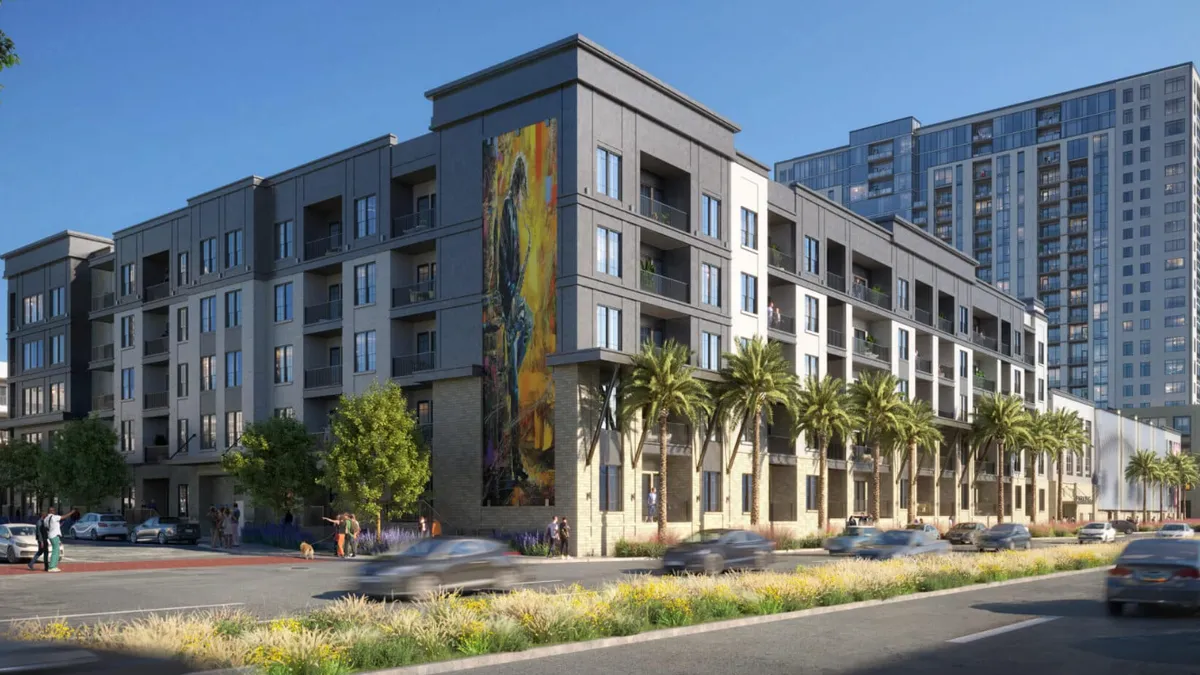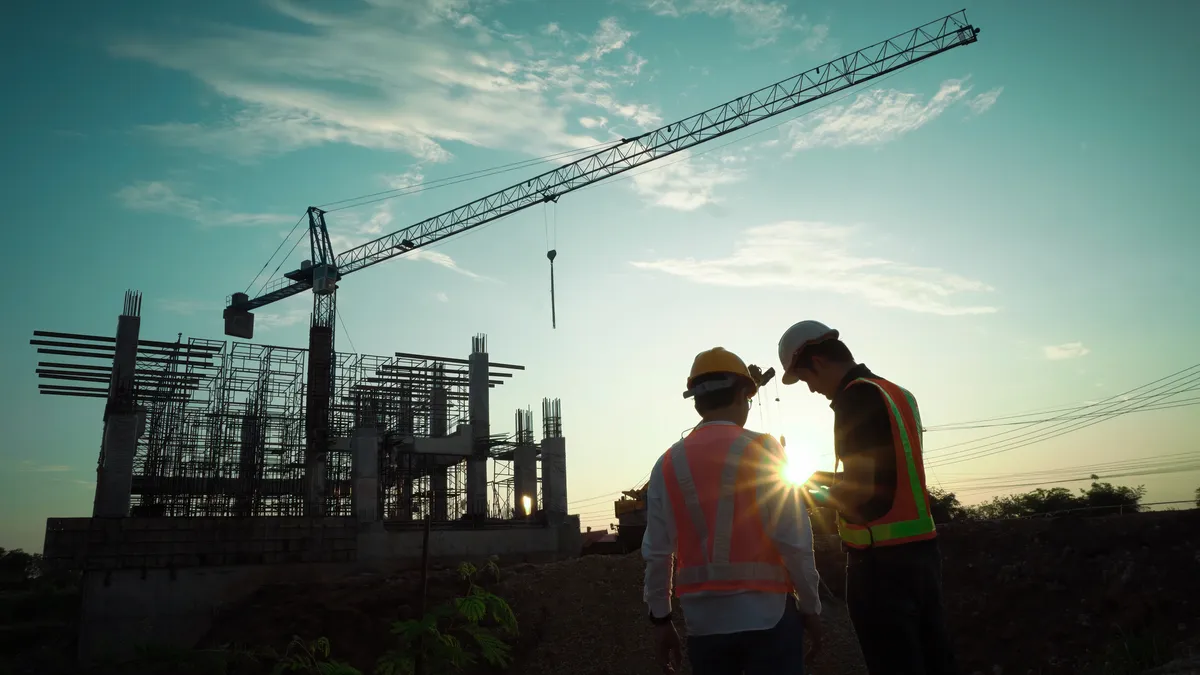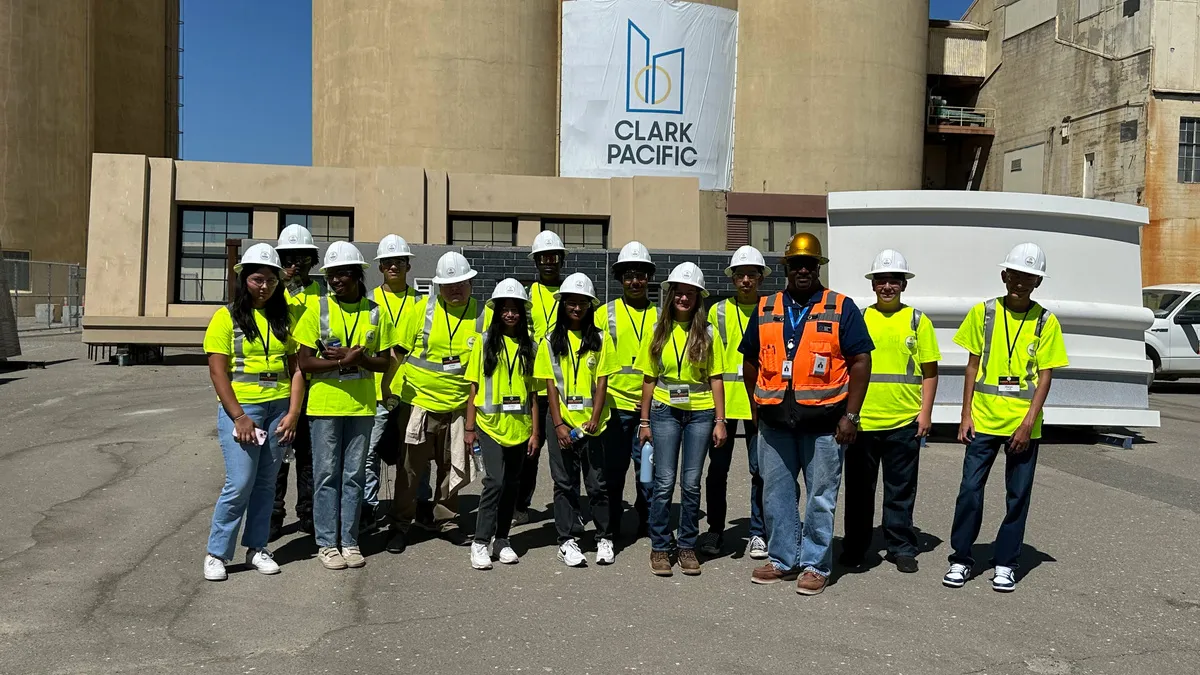Florida and other coastal states have strengthened their building codes since the devastating storm-after-fatal-storm decade that ended in 2005. But builders and building scientists continue to come up with techniques and products that go beyond the codes to defend against future high winds.
Some are adding stylish twists.
Weather report
Based on historical weather patterns, Colorado State University estimates the Atlantic Coast will suffer from three hurricanes and eight named storms this year. The three hurricanes, it predicts, will cause 10 stormy days, and the named storms will blow through over the course of 30 scattered days.
The report, from the university’s Department of Atmospheric Science, did not pinpoint a timeline for the storms. And, of course, the researchers noted that their forecast is “our best estimate” and not a certainty.
An unrelated study from the insurance publication Claims Journal estimates that the Florida coast has added half a million new houses since 2005 — the most-destructive hurricane season in U.S. history —and they’re ready for Mother Nature because of tough building codes that require inspections and the use of shatterproof glass, reinforcing straps between roofing and walls, and other hurricane-resistant improvements.
Still, a surge of water landing on the Atlantic and Gulf coasts has the potential to destroy more than 6.6 million homes, according to a June report by CoreLogic.
In their effort to prepare, builders and designers have become creative.
Domebuilding
The rounder the home, some builders believe, the safer it is during a storm.
Asheville, NC, builder Deltec Homes calls its factory-built structures “about as close as you can get” to hurricane-proof, saying it has never lost a home to high winds in its 45-year history.
The system’s eight-foot panels are flat, not curved, but assemble, at the building site, into a home that is round. The manufacturer claims homeowners save up to 50% on energy bills compared with conventional homes.
Texas building company Monolithic Constructors and its Monolithic Dome Institute specialize in dome-shaped buildings that the company says meet FEMA standards “for providing near-absolute protection” from tornadoes, hurricanes, earthquakes and manmade disasters.
The steel-reinforced concrete structures have polyurethane foam insulation and are energy-efficient, says the company, which has used the design for homes, cabins, churches, schools, gymnasiums, stadiums and storage facilities. The top is made from a tough, flexible fabric called an “airform,” which can be inflated to the shape and size the owner specifies.
Company President David B. South told The Christian Science Monitor that the buildings “will last for centuries” and cost only about $6,500 to build.
The builders are in talks to build 200 dome-shaped homes in the Philippines, where Typhoon Haiyan killed more than 6,000 people in 2013.
Designing for disaster
Disaster mitigation is “an evolving science,” according to an exhibit that runs through Sept. 13 at the National Building Museum in Washington, DC.
The exhibit, Designing for Disaster, showcases buildings, including hospitals, schools, airports, police stations and stores that been designed to withstand some kind of hazard — weather, flooding or wildfires, for instance — “in an exemplary way,” according to the museum’s website.
The examples in the exhibit, the museum notes, represent “a range of viable responses that are functional, pragmatic and beautiful.”
Green and guarded
As building codes more strictly require storm protection, they’re also requiring more use of sustainable and energy-efficient materials in home renovation and construction. Manufacturers are slowly moving toward merging the two requirements.
Super-insulating windows, for instance, are available with enhancements that make them resistant to hurricanes, break-ins, noise and blasts.
A handful of builders is pushing watertight, hemp-based building materials for replacement homes in New Orleans, Haiti and other areas where the housing stock has been devastated by harsh weather.
A mixture of hemp hurd fiber, lime and water, products with names like cannabrick and hempcrete are widely used in Europe and are attracting more interest in the U.S. as cannabis becomes acceptable for medical and recreational use. Using the product during construction is less energy-intensive and wasteful than traditional concrete, although its manufacturers say it is not stronger than concrete and is not intended as a structural product.
Down to earth
Still, most builders and remodelers are meeting building codes and protecting their homeowner-clients with “home hardening” and upgraded versions of more traditional mitigation for roof covering and shape; water barriers; reinforcements between walls, floors, foundations and roofs; the bracing of gables; shatterproof glass; and hurricane-rated doors.
Hurricane-prone Florida, where the decade between 1996 and 2005 saw the destruction of billions of dollars worth of homes and other buildings, is the location of some of the most serious research to advance building techniques that could result in storm-resistant homes.
The Tampa-based Insurance Institute for Business & Home Safety has a new applied research and training facility in Chester County, SC, where researchers are subjecting two-story structures to simulated hurricane conditions. The institute’s goal is to come up with ways to build homes and offices that are more sustainable in the face of severe weather, and influence policy-makers to enhance building codes.
Florida International University and the University of Florida each have built full-size structures and are replicating Category 4 wind and rain to observe which materials hold up best.
And a number of manufacturers are improving existing products that secure roofing, limit water intrusion and strengthen windows.
Labor woes
Even though Florida has enjoyed a years-long reprieve from highly destructive storms, Mike Marczak, owner of Sentinel Storm Protection in Naples, FL, says he’s constantly busy with requests from homeowners who want to reinforce their existing homes, just in case. But he’s having a hard time filling those orders, saying it’s difficult for companies like his to find enough help to get homes hurricane-ready.
“It’s definitely a challenge with the labor that’s available to be hired right now,” he told Naples Daily News. “After the downturn in the economy a few years ago, a lot of people left [the construction industry], and they’re not all back yet. So we’re definitely at a disadvantage as far as how large of a labor force we have to draw from.”














